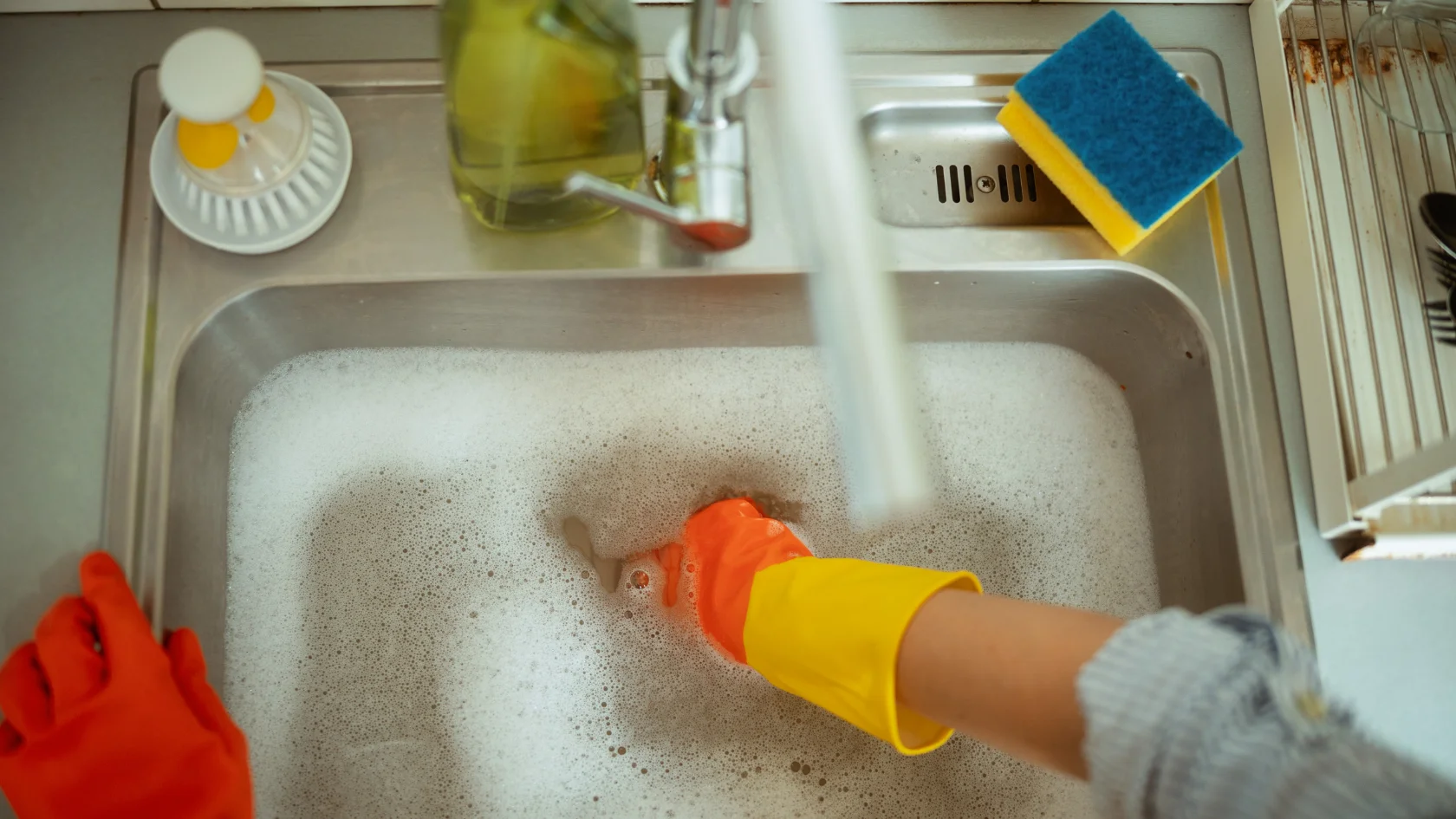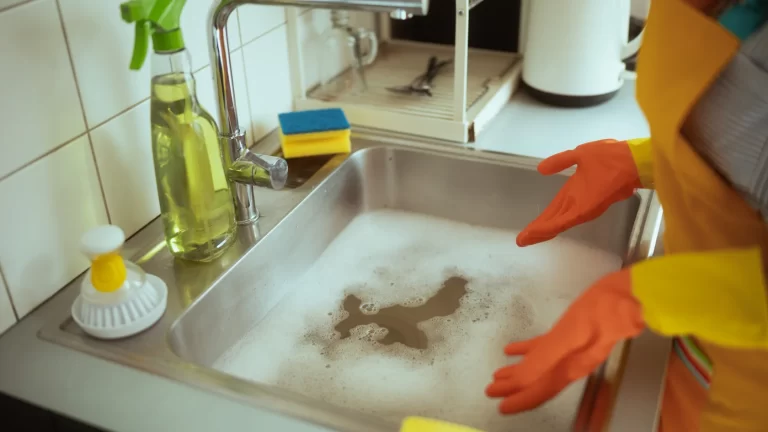It starts with a gurgle and ends with a mess. Not only is dirty water backing up into your basement an issue, but it’s also an obvious warning sign of a major blockage in your drain. It might not seem like much at first, but if sewage starts to back up into your home, it could quickly become a serious plumbing issue. A drain backup happens when wastewater can’t flow freely through your plumbing system and instead reverses direction, coming back up through your drains. This can occur in sinks, toilets, showers, or your basement floor drain — anywhere connected to your home’s sewer system. While it might start as a minor inconvenience, a backup can quickly lead to flooding, property damage, and health hazards.
In this blog, we’ll explain exactly what a drain backup is, the common causes behind it, and what to do if it happens in your Toronto home. We’ll also cover how to prevent sewer backups, the importance of installing a backwater valve, and when to call a licensed plumber for help.
Contact us today through our form or call +1 (416) 252-5557 for expert plumbing, drain, and related services in Toronto, Etobicoke, Mississauga, and across the GTA.
What Is a Drain Backup?
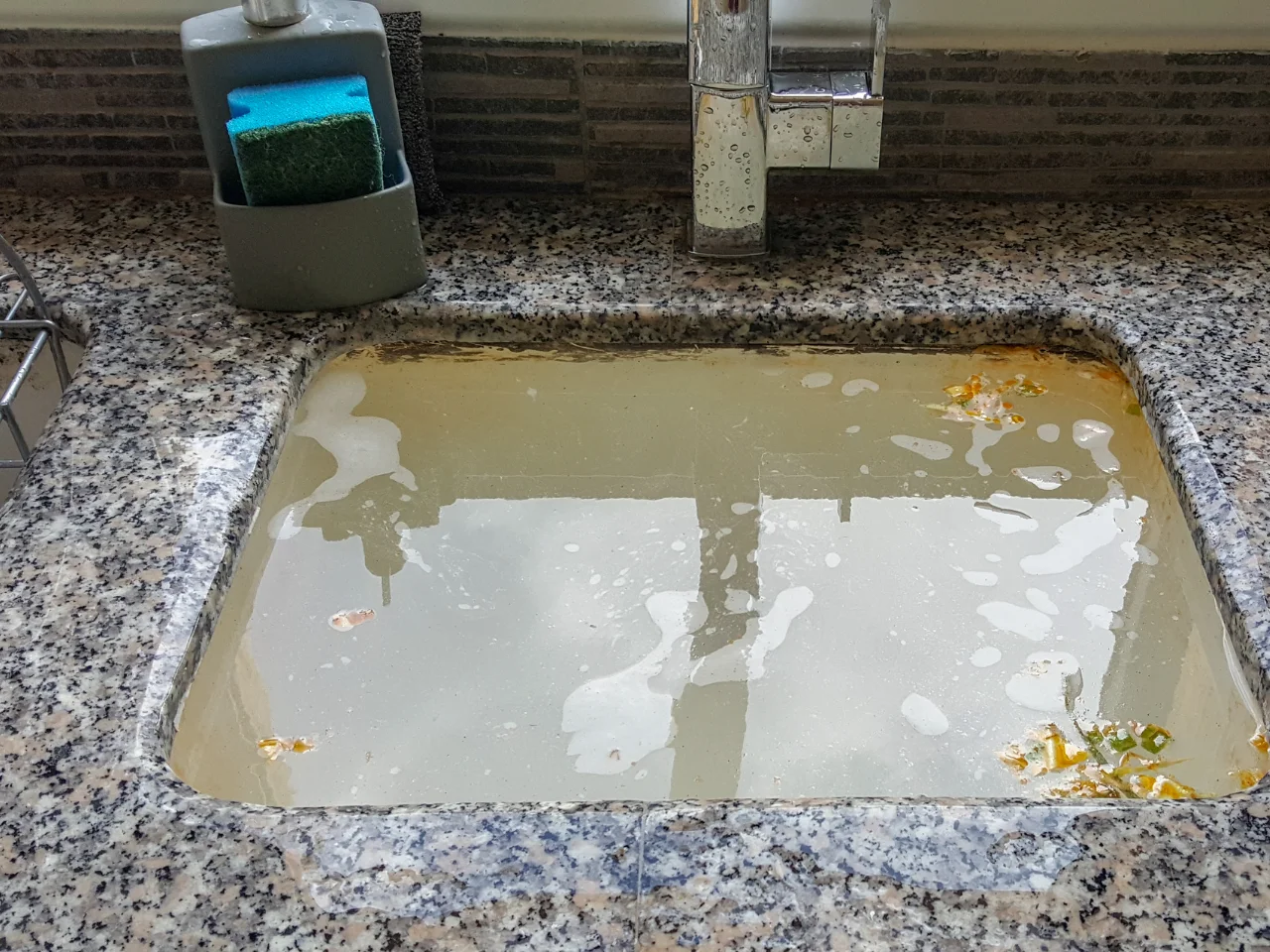
A drain backup — also known as a sewer backup — occurs when water or sewage flows backward into your home instead of draining out to the city sewer system. Normally, wastewater travels from your plumbing fixtures (like toilets, sinks, and bathtubs) through your main drain line and out to the municipal sewer.
However, when a blockage or damage prevents this wastewater from moving freely, pressure builds up in your pipes. Since water takes the path of least resistance, it often rises up through your lowest drain, which is typically the basement floor drain.
A sewage backup is more than just unpleasant — it can expose your home to harmful bacteria, contamination, and long-term water damage. This makes quick action and professional help critical when dealing with any type of drain or sewer backup.
Common Causes of Drain Backups in Toronto Homes
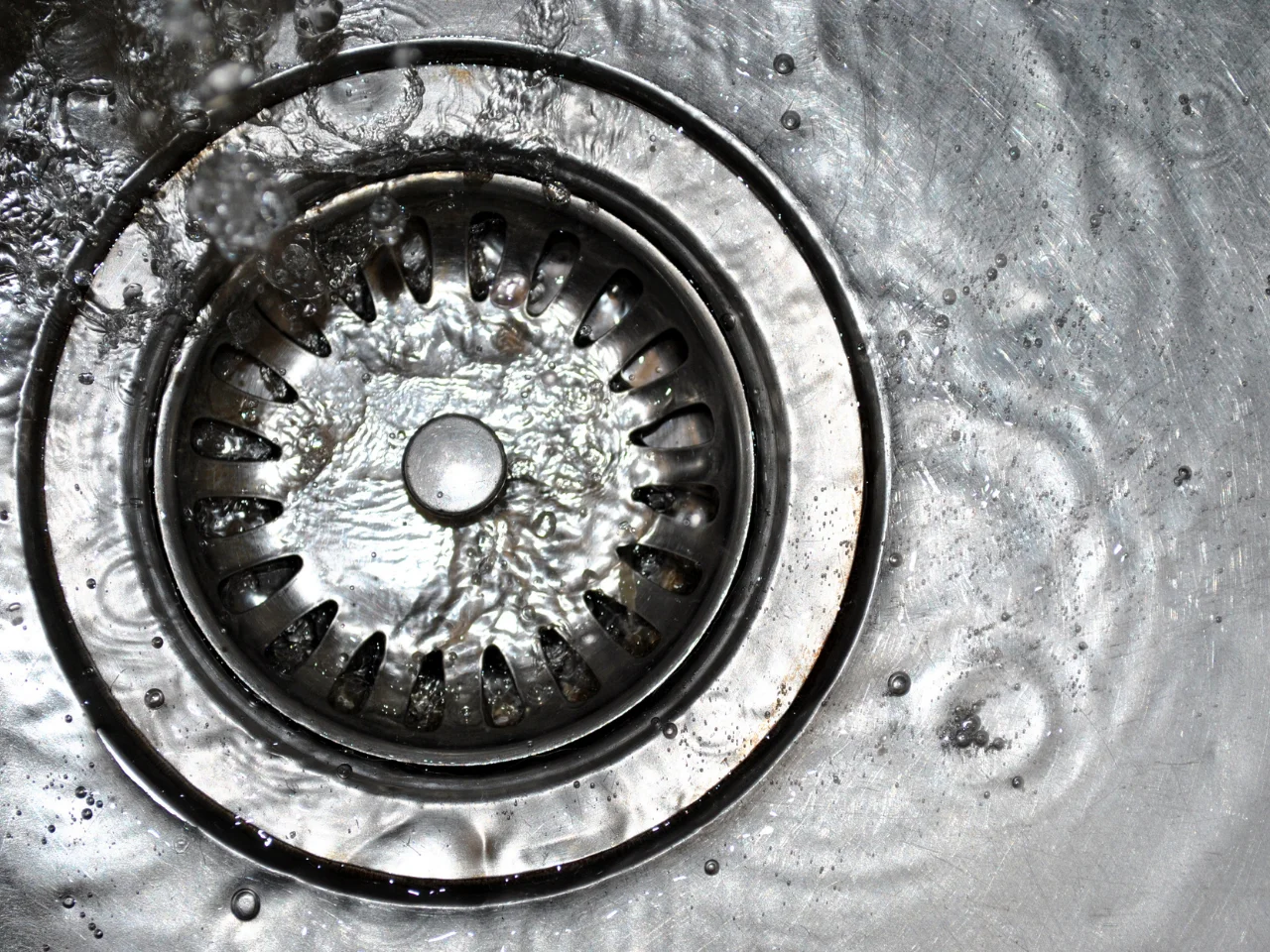
There’s no single reason why a drain backup happens. In most cases, it’s a combination of blockages, aging infrastructure, or weather-related factors. Let’s look at the most common causes of sewer backups that homeowners in Toronto face.
1. Blockages Caused by Improper Disposal
One of the top reasons for a blocked drain is putting the wrong things down sinks or toilets. Your plumbing system is designed to handle only water, human waste, and toilet paper — nothing more.
Items like these can cause serious blockages in your drain lines and sewer pipes:
- Cooking grease, fats, and oils that harden inside pipes
- Coffee grounds, food waste, and hair buildup
- Excessive toilet paper or non-flushable wipes
- Paper towels, wipes, and feminine hygiene products
Something shouldn’t be thrown away just because it’s easy to dispose of. These substances eventually clog the drain by adhering to the pipe walls over time.
2. Tree Root Intrusion in Sewer Lines
Toronto’s older neighbourhoods often feature mature trees with deep roots that can infiltrate underground pipes. Roots seek moisture, and small cracks in aging sewer service lines become easy entry points.
Once inside, the roots expand, catch debris, and restrict water flow. This can cause slow drains at first, but eventually lead to a major drain backup or even a collapsed sewer lateral.
3. Damaged or Collapsed Sewer Pipes
Clay or cast-iron sewer pipes, which can deteriorate over time, are still used in many older homes in the Greater Toronto Area. These pipes can be harmed by corrosion, cracks, and shifting earth, which can result in leaks or complete obstructions.
A damaged sewer line often requires professional sewer cleaning or even replacement using trenchless technology — a method Absolute Draining & Plumbing specializes in. If you notice recurring sewage backups, it could be a sign that your main drain line has structural issues that need inspection with a sewer camera.
4. Heavy Rainfall and Overwhelmed City Sewers
During periods of heavy rainfall or rapid snowmelt, the city sewer system can become overwhelmed. When the municipal sewer reaches capacity, wastewater can flow backward into residential sewer laterals, resulting in a sewer backup in your basement.
This is one of the leading causes of basement flooding in Toronto, especially in older homes that lack a backwater valve.
5. Aging or Poorly Maintained Plumbing Systems
Like any part of your home, your plumbing and drain system requires maintenance. Without regular drain cleaning, buildup inside pipes can lead to reduced flow and backups. Older homes are particularly vulnerable since their plumbing may not meet modern standards or may have been patched together over time.
Warning Signs of a Drain Backup
A sewer backup doesn’t always happen suddenly. Often, there are early warning signs that something’s wrong in your drain system. Watch out for:
- Gurgling sounds coming from your toilet or drains
- Slow draining sinks, tubs, or showers throughout your home
- Foul odours like sewage or rotten eggs near drains
- Water backing up from your basement floor drain
- Bubbles in the toilet when you flush or when water is running elsewhere
- Wet spots or flooding near plumbing fixtures or basement walls
If you notice more than one of these symptoms, it likely means the issue lies in your main sewer line rather than just one fixture. In that case, call a licensed plumber immediately to avoid a full sewage backup.
What to Do When You Have a Drain Backup
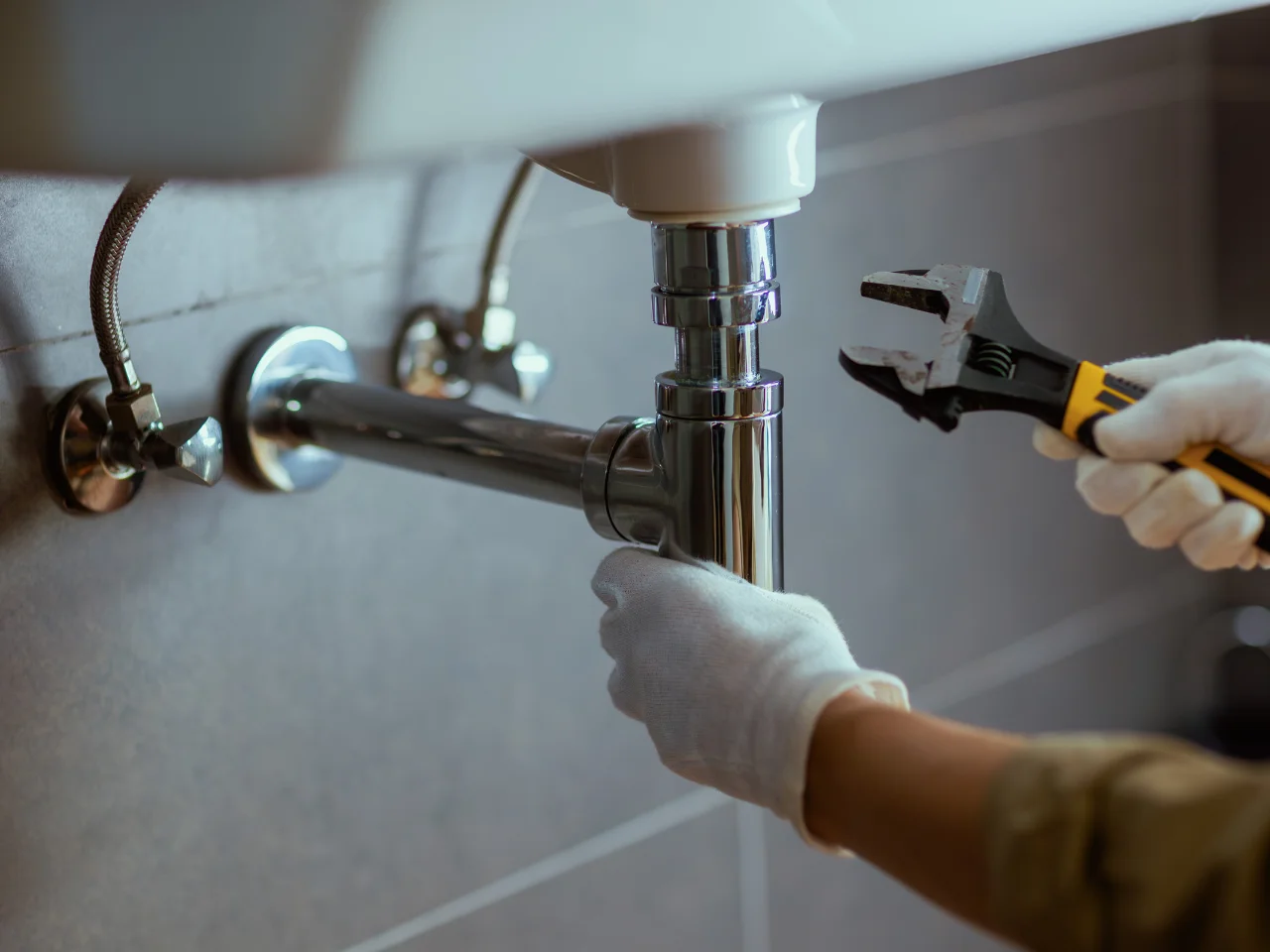
Discovering a drain backup can be stressful, but taking the right steps quickly can prevent further damage. Here’s what to do:
1. Stop Using Your Plumbing Fixtures
When dealing with a clogged sewer, the first rule is to immediately cut off all water consumption. Don’t use the washing machine, drain the bathtub, flush toilets, or run taps. Sending down more water could make the backup worse.
2. Keep People and Pets Away from the Area
Bacteria and pathogens found in sewage can make people sick. Until the contaminated area has been thoroughly cleansed and disinfected, keep kids and pets away from it.
3. Call a Licensed Plumber Right Away
Contact a Toronto plumber experienced in drain backup services, like Absolute Draining & Plumbing. Our plumbing team uses specialized equipment — such as drain snakes, hydro jetting machines, and sewer cameras — to locate and clear the blockage safely.
A drain snake can remove debris lodged in smaller drain lines, while hydro jetting uses high-pressure water to blast away grease and buildup in the main sewer.
4. Protect Your Property
If it’s safe, relocate valuable belongings, furniture, and electronic devices from the flooded zone. Use towels or a shop vacuum to remove any standing water. Refrain from using bleach or strong chemicals until the plumbing service identifies the cause of the backup.
5. Contact Your Insurance Provider
Get in touch with your home insurance company right away if you have a sewage backup. Sewer backup coverage is a feature of some plans and an optional feature of others. Take pictures of the damage and save the receipts for any cleaning or repairs you make.
Contact us today through our form or call +1 (416) 252-5557 for expert plumbing, drain, and related services in Toronto, Etobicoke, Mississauga, and across the GTA.
How to Prevent Sewer Backups in Your Toronto Home
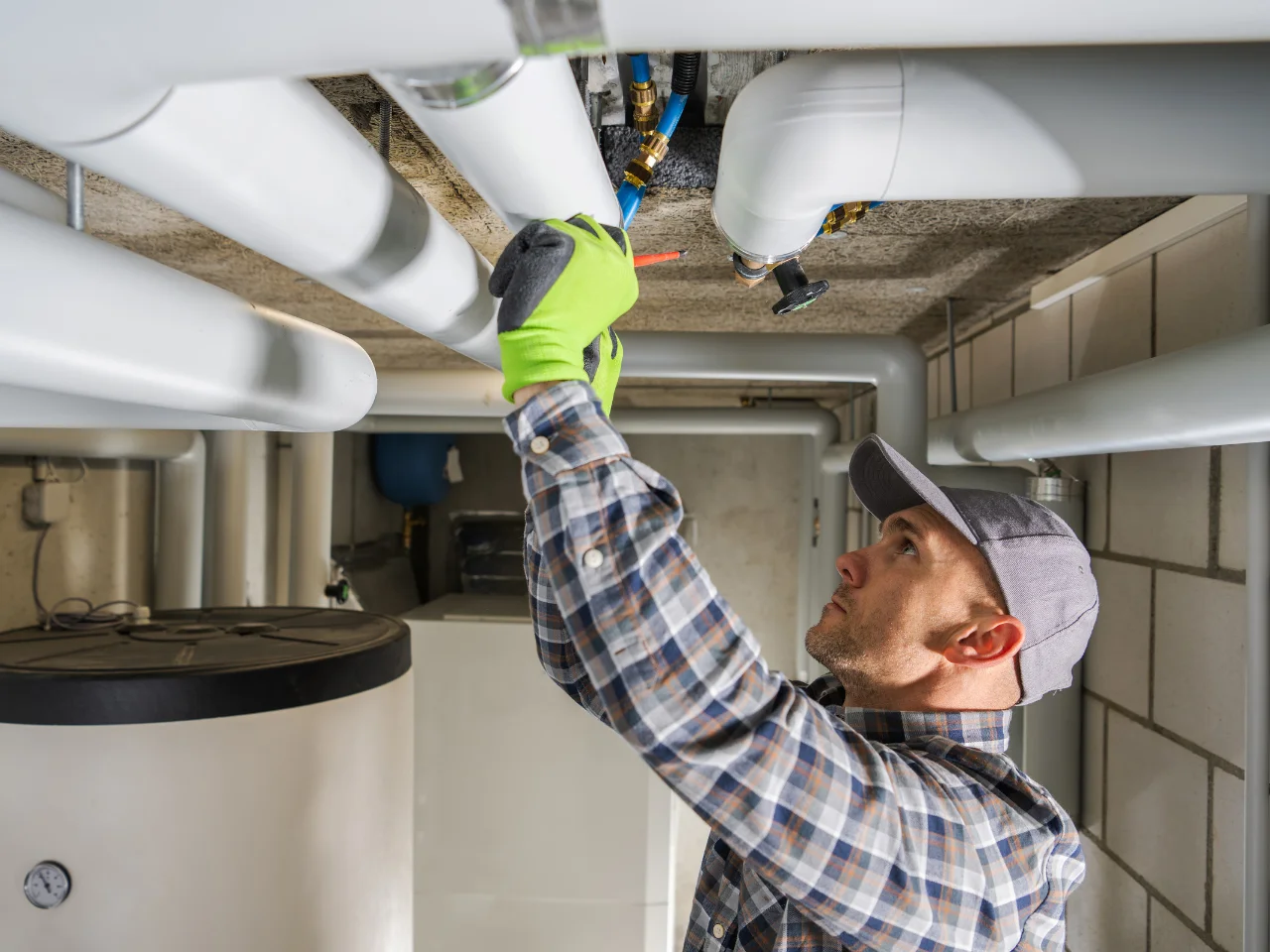
While you can’t always control the weather or city sewers, there are several practical steps homeowners can take to help prevent drain backups and minimize the risk of basement flooding.
1. Install a Backwater Valve
A backwater valve (or sewer backup valve) is a device installed on your main drain line that prevents wastewater from the city sewer system from flowing back into your home.
When water moves normally, the valve stays open to allow flow. But if sewage starts pushing backward, the valve automatically closes to block it — protecting your basement drain from flooding.
The City of Toronto even offers rebates for homeowners who install a backwater valve or sump pump as part of their flood protection programs. Absolute Draining & Plumbing can handle both installation and rebate assistance.
2. Schedule Regular Drain Cleaning
Preventive and regular maintenance is essential. A skilled drain cleaning service can remove buildup before it becomes a blockage. Try to get your house cleaned by a professional once every one to two years, particularly if there are big trees or ancient sewer pipes close by.
3. Dispose of Waste Properly
Never pour cooking grease, oil, or coffee grounds down your sink. Only human excrement and toilet paper should be flushed. Even so-called “flushable” wipes can cause blocked sewers and drain backup issues.
A simple rule: if it didn’t come from your body or isn’t toilet paper, it doesn’t belong in your toilet.
4. Check Your Plumbing System Regularly
Have a licensed plumber inspect your sewer service line and main drain every few years. They can use a sewer camera inspection to check for cracks, corrosion, or tree roots before they cause a serious problem.
If your home is over 30 years old, this inspection becomes even more important. Aging materials like clay and cast iron are more prone to leaks and blockages.
5. Keep Rainwater Away from Your Foundation
Make sure your downspouts are directing water at least two meters away from your house and that your sump pump is operating correctly. Excessive water near the foundation can overwhelm the drain system and increase the risk of sewer backups during storms.
Dealing with Basement Sewage Backups
A sewage backup in the basement is one of the most unpleasant and dangerous plumbing issues a homeowner can face. The cleanup process must be handled carefully to avoid contamination.
What to Throw Out
- Carpets, rugs, and cardboard boxes
- Mattresses, stuffed toys, and cloth furniture
- Any porous material that has soaked up sewage
What Might Be Salvaged
- Hard furniture that can be cleaned
- Painted walls and drywall
- Non-porous surfaces like tile or metal
When working with contaminated materials, always use protective gloves and a mask. The safest course of action is frequently to hire a professional cleaning service.
How Much Does It Cost to Fix a Drain Backup?

The following variables affect how much it costs to remedy a drain backup in Toronto:
- The severity of the blockage
- The location of the pipe damage or clog
- The extent of water or sewage damage in your home
While repairs involving pipe replacement or excavation of the sewage line can cost several thousand dollars, basic drain cleaning may only cost a few hundred dollars.
Working with an experienced company like Absolute Draining & Plumbing ensures the job is done right the first time — using advanced technology to minimize disruption and avoid unnecessary digging.
Absolute Draining & Plumbing provides emergency plumbing services across Toronto and the GTA. With over 20 years of experience, our licensed plumbers are fully equipped to handle sewer cleaning, backwater valve installation, camera inspections, and flood protection solutions.
Protect Your Toronto Home from Future Drain Backups
A drain backup isn’t just a plumbing issue — it’s a serious risk to your home’s safety, structure, and health. When issues arise, being aware of the reasons and symptoms can help you take quick action and minimize harm.
If you’ve noticed slow drains, gurgling noises, or foul odours, don’t ignore them. These early warnings could mean trouble in your main sewer line.
For professional drain backlog cleaning services, sewer inspections, and flood prevention solutions around Toronto, get in touch with Absolute Draining & Plumbing right now. Their staff can assist you with plumbing system maintenance, backwater valve installation, and protecting your house from future storms and sewage backups.
Contact us today through our form or call +1 (416) 252-5557 for expert plumbing, drain, and related services in Toronto, Etobicoke, Mississauga, and across the GTA.

